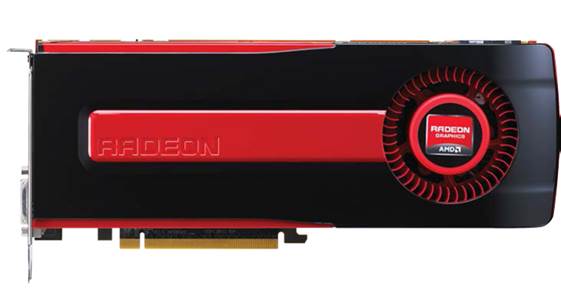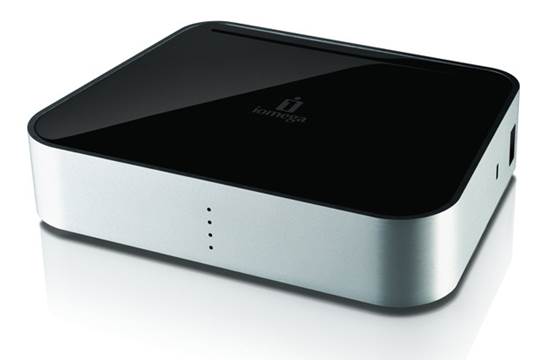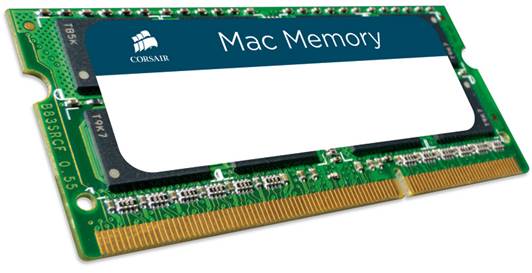On the inside
In the past, one of the biggest challenges
Apple faced when designing a smaller Mac Pro was squeezing in powerful
components, while keeping it reasonably priced. But technology has evolved to
the point where a smaller Mac Pro could handle all but the most-demanding
workload. So what can we expect to see on the inside?
Processor
Apple looks set to adopt Intel’s
next-generation of CPU, codenamed Haswell, for its consumer machines, but don’t
expect to see these in the new Mac Pro.

Apple
is expected to use Intel’s new Ivy Bridge E processors, due to ship
later this year, inside the new Mac Pro
The processor inside the current model is
Intel’s Xeon E5645 CPU – a two-year-old Westmere-EP chip based on the Sandy
Bridge architecture. Xeon processors were designed for workstations and
servers, so this chip family seems the most likely for any future Mac Pro.
Enter rumors apple is waiting for Ivy Bridge E, which will be marketed as Xeon
E5 V2 processors. There’s no corresponding Sandy Bridge predecessor.
However, Ivy Bridge-E (Xeon E5) processors
may not be seen until the end of this year (they are due to launch in Q3 2013),
which would scupper any plans to unveil an updated Mac Pro in June at WWDC.
However, Apple has previously secured exclusivity from Intel for several
generations of Xeon processors.
Ivy Bridge E offers six- to 12-core
chips, which means Apple could theoretically produce a 24-core system.
That’s double the 12 cores in the current model. The memory will also
be upgraded from 1,333MHz to 1,600MHz to allow for 25 per cent more
memory, with eight physical memory lanes.

Any
new Mac Pro will need some seriously powerful components if it’s to beat back
the competition
You can also expect to find large amounts
of cache, quad-channel memory controllers supporting 8GB of
DDR3-1066/1333/1600/1866 per DIMM slot, along with PCI-E 3.0 (40 lanes) and
four lanes supporting PCI-E 2.0.
However, it’s also feasible Apple could put
a less powerful processor in the new Mac Pro. It used to be that the small,
efficient, cool-running processors used in laptops and consumer-level desktop
computers weren’t very powerful. If you wanted real performance, you needed a
big tower, with a huge, power-hungry processor that required a heat sink or
other cooling system, which was itself bigger than some laptops. But that’s not
the case anymore. Today’s best consumer-level processors, such as the Intel
Core i7, are small, efficient and cool enough to fit inside a Mac mini, while
outperforming the current Mac Pro for many tasks. And Intel and other vendors
are working on making higher-end workstation processors use less power and run
cooler. In other words, a Mac mini tower with an i7 chip would be plenty fast
enough for many users.
If you think this is unlikely, rumors
suggest apple may be moving away from Intel chips for its Mac line-ups. Given
the progress of Intel’s CPUs and the difficulty of making such a switch, it’s
unlikely Apple will abandon Intel processors in the near future, but you
never know.
Graphics

The
new Mac Pro may ship with AMD’s Radeon HD 7900 series of graphics cards
For many professional users the graphics
card is crucial, and they will watch for news of the graphics card in the new
model with eager eyes. However, the Mac Pro is the only Mac that lets a user
update the graphics card, so it may matter less what card is provided, as long
as it can be switched out at a later date.
The past year has seen Apple move from AMD
to Nvidia graphics in its iMac and Macbook Pro. In fact, the only Mac model
currently shipping with graphics from AMD (ATI Radeon HD 5770 and 5870) is the
Mac Pro.
This doesn’t indicate that the new Mac Pro
will drop AMD cards; indeed an Apple job ad for a systems electrical engineer
for the Mac Desktop Systems Engineering team notes the applicant should have
experience with AMD as well as Nvidia GPUs and Intel chipsets. In addition,
driver support for the Radeon HD 7900 series of powerful discrete graphics
cards from AMD was referenced in an OS X 10.8.3 beta back in November, along
with references to a Mac Pro 6.0 model. The Radeon HD 7900 series, codenamed
Tahiti LE, includes both the Radeon HD 7970 and 7950. These cards offer 3GB of
GDDR5 memory and are based on a 28-nanometer chip manufacturing process, as
well as featuring AMD’s Graphics Core Next architecture.
Hard drive
For some pro users, the biggest appeal of
the Mac Pro’s enclosure is that it can accommodate multiple drives. Many people
using these systems need lots of space to store huge video, audio
and image files, or other large data sets and they want fast access
to that data. But those who need the most storage and the fastest performance
often end up using external solutions, such as fiber-channel storage, anyway.
And the performance of Thunderbolt means you can add multiple external drives
without the same performance hit you get from FireWire. (There are
even Thunderbolt fiber channel adaptors.) So it’s not hard to imagine
Apple making a smaller Mac Pro and suggesting those who need more storage take
advantage of Thunderbolt.

For
some pro users, the biggest appeal of the Mac Pro’s enclosure is that it can
accommodate multiple drives
One thing is certain; the new Mac Pro will
offer a Fusion Drive option – Apple’s data storage technology, which combines
hard drives with flash (or SSD) storage. OS X manages the contents of the drive
so the most frequently accessed files and applications are stored on the faster
flash storage, while infrequently used items are left on the hard drive.
Outfitting a new Mac Pro with an SSD and a large-capacity internal hard drive
will mean better I/O performance for many tasks. Unfortunately, the
technology Apple uses to make the Fusion Drive work is proprietary, so any Flash
storage inside the Mac Pro will have to be fitted by Apple when you
buy the machine.
In addition, Apple is said to be developing
a 2TB SSD for the new Mac Pro, with a view to offering 8TB of flash storage.
This is based on reports that while on a tour of a Chinese factory, sources
claimed to have seen “an initial run of solid state drives bearing a logo which
is very recognizable in the West – Apple Inc,” according to BSN. The
current Mac Pro can be configured with up to 8TB of storage in the form of 7,200rpm
hard drives.
Networking
Apple also looks likely to add superfast
networking technology 802.11ac to the new Mac Pro. Code in the second beta
of Mountain Lion OS X 10.8.4 (build 12E30) includes a reference to the
new, as yet un-ratified, standard.
802.11ac, sometimes referred to as ‘Gig
Wi-Fi’ or 5G Wi-Fi, is the successor to 802.11n. It promises bandwidth of up to
1.3Gbps. In comparison, 802.11n products provide connections of up to 450Mbps.
The technology will bring superfast Wi-Fi connectivity to Macs, speeding up
throughput, as well as improving coverage, and also supercharging Apple’s
AirDrop features and Wi-Fi syncing.
RAM

Where
the high-end iMac is capable of supporting a maximum 32GB RAM, Mac Pros can
already handle 64GB
Where the high-end iMac is capable of
supporting a maximum 32GB RAM, Mac Pros can already handle 64GB. That’s more
than enough for most, but in the pro arena there are workstations
offering more. Take the Dell Precision T7600 Workstation or the HP Z820
Workstation, which offer 512GB RAM. If Apple wishes to be taken seriously
in this market it may need to up the amount of RAM.